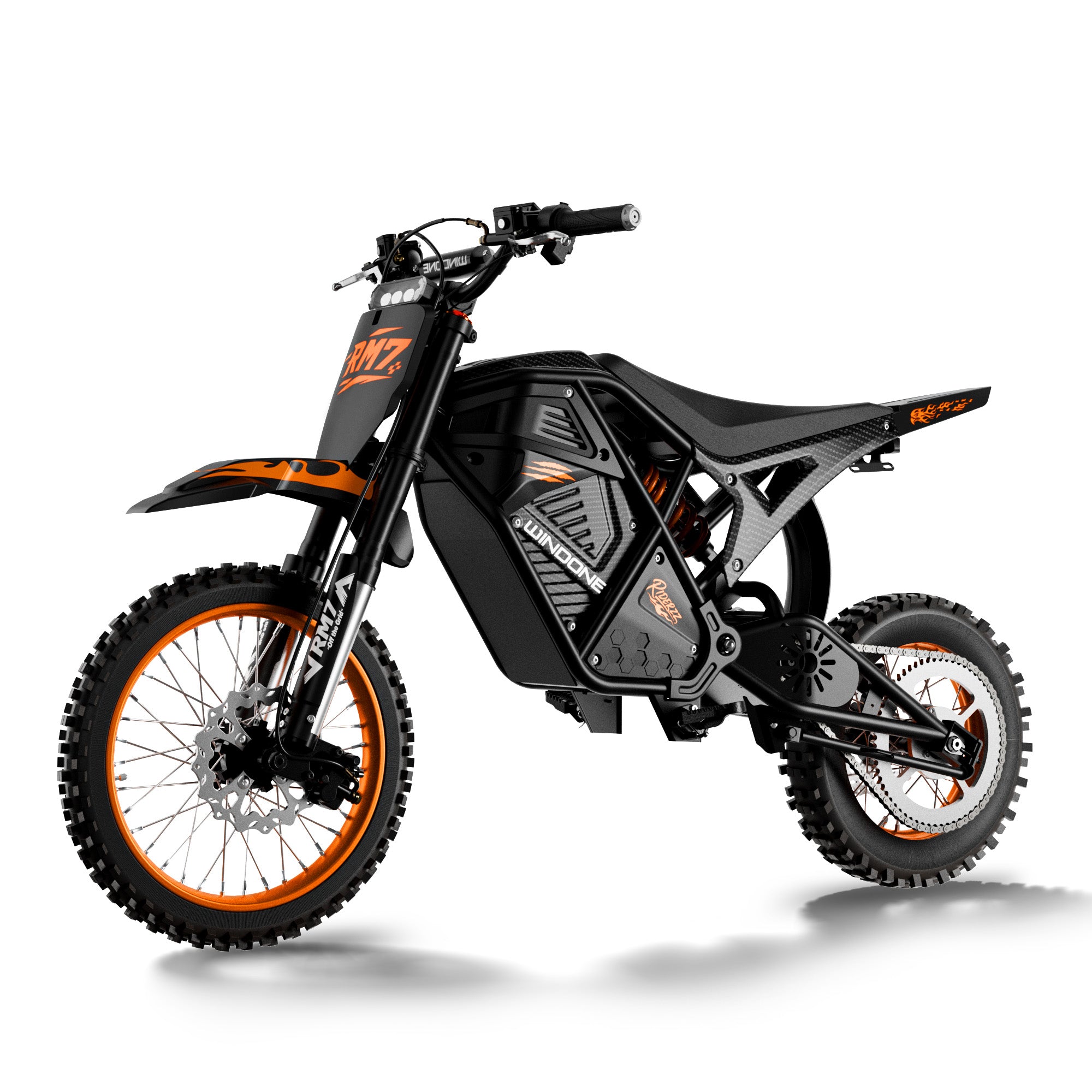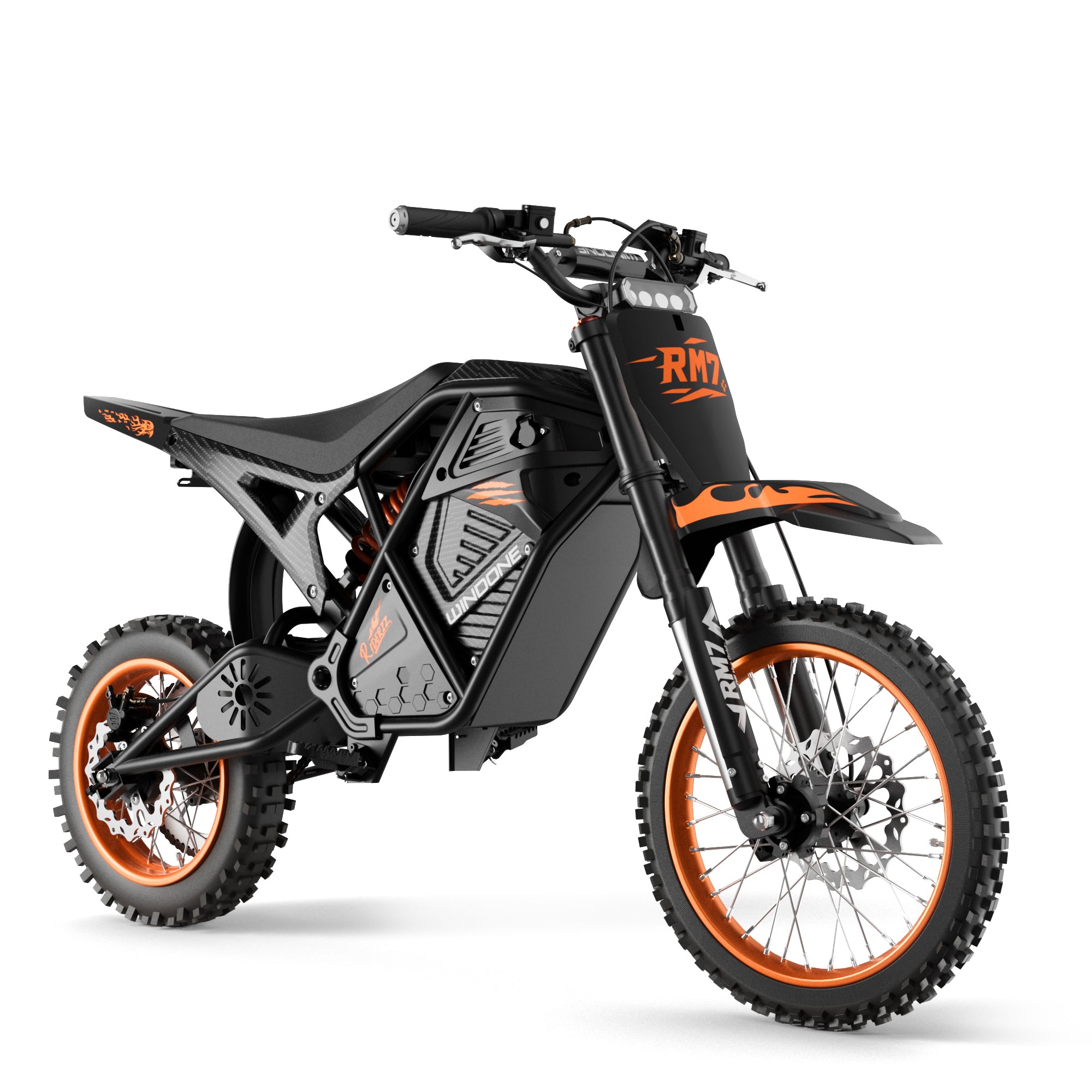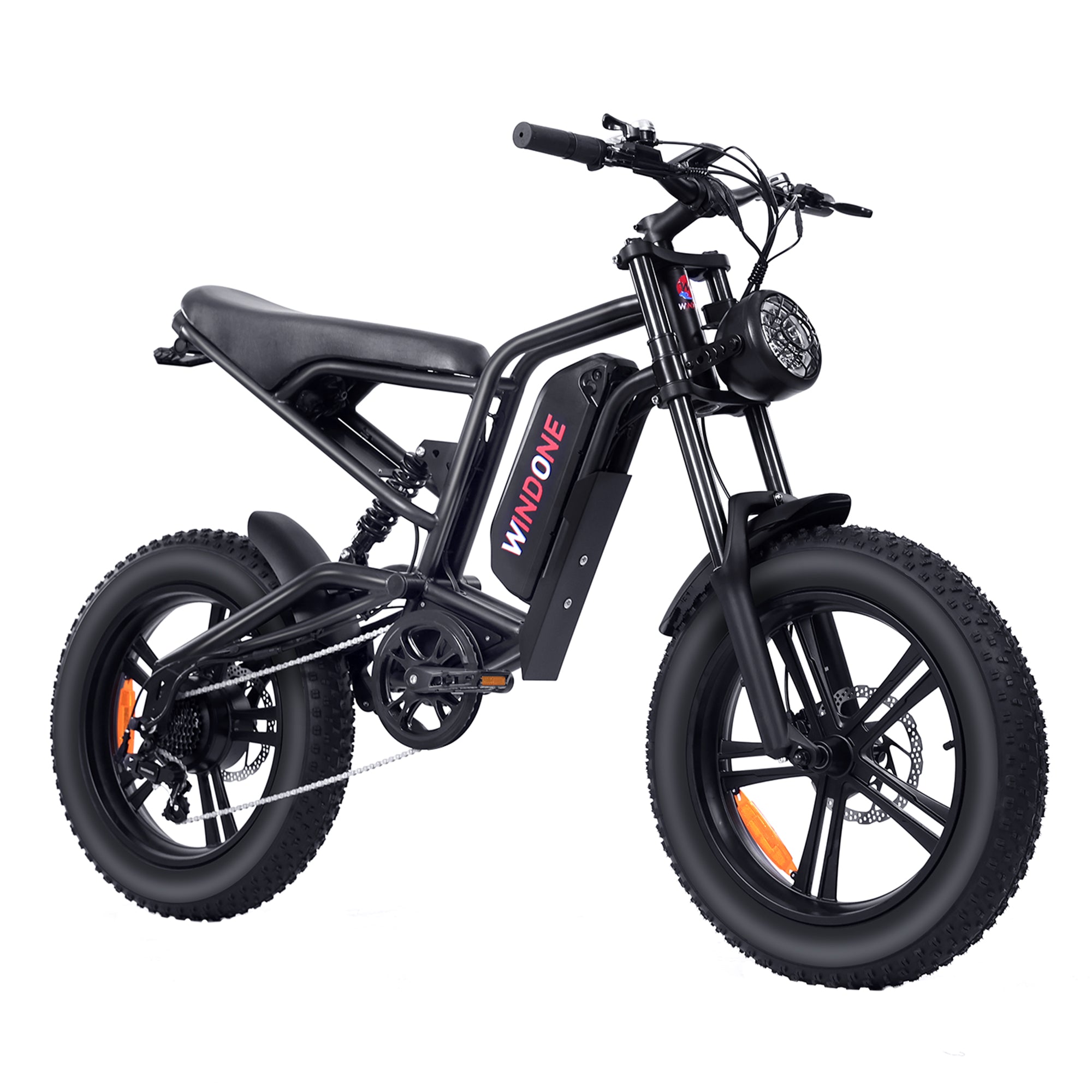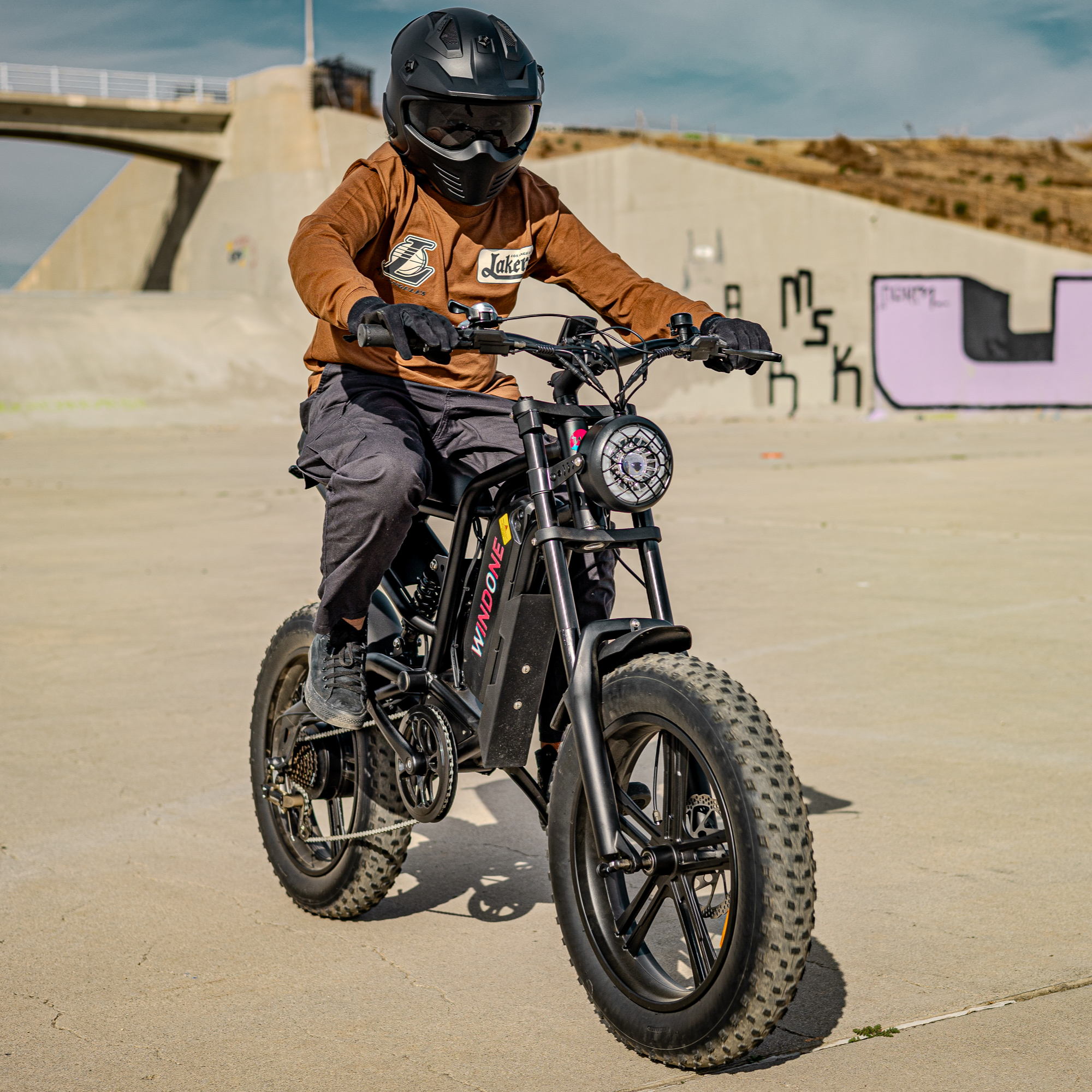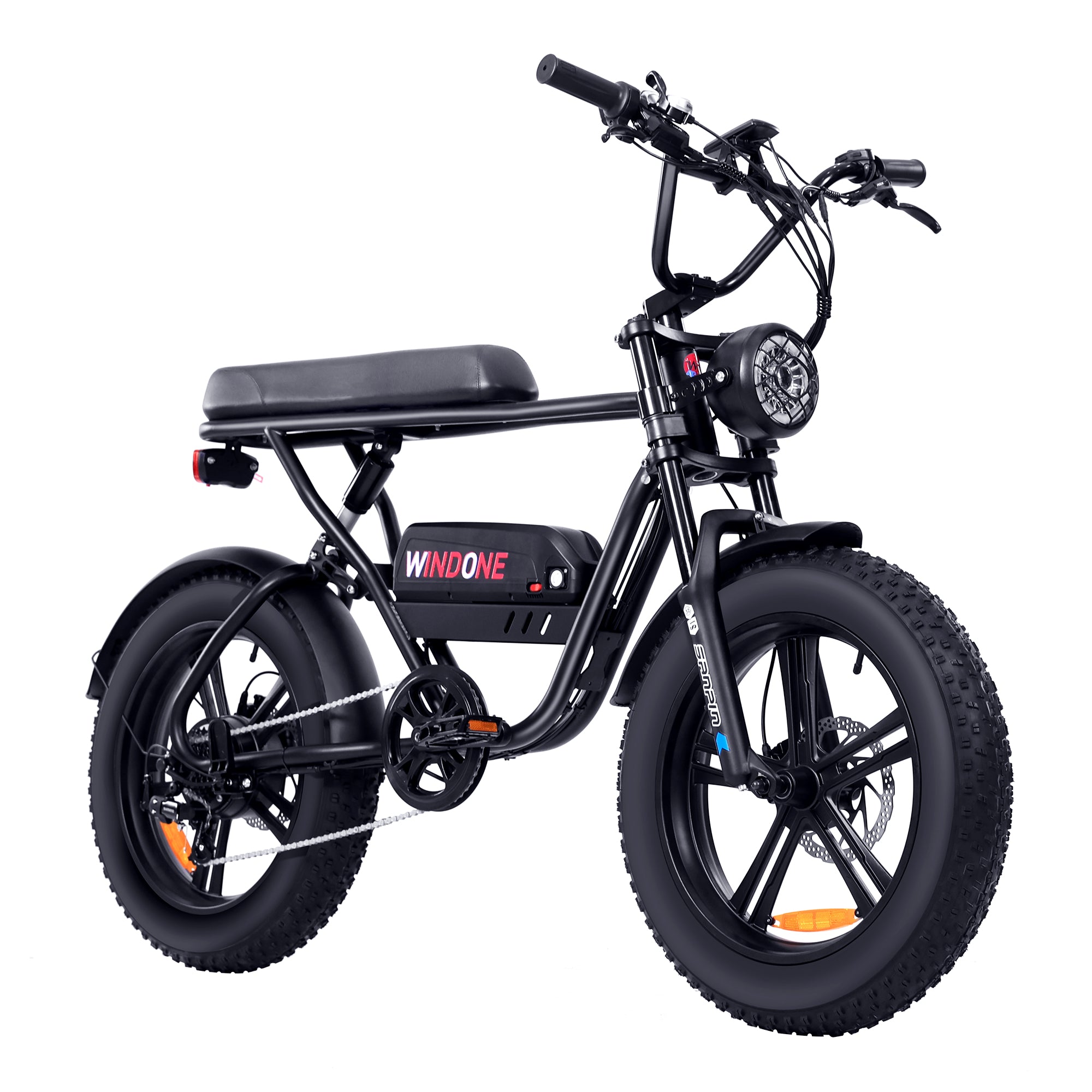Introduction
Deciding between regular tire and fat tire electric bikes can be challenging yet exciting. With the rising popularity of e-bikes, selecting the right tire type is crucial.
This article will help you understand the differences between fat and regular tires, defining the advantages and disadvantages of each. By investigating these aspects, you'll be better able to choose the e-bike that best suits your needs. Let's dive into the world of e-bikes and make an informed decision together!
What are Fat Tire and Regular Tire Electric Bikes?
Fat tires and regular electric bikes have their advantages and drawbacks. Before we explore the pros and cons of fat and regular e-bikes tires, let's understand what fat and regular tire e-bikes are.
What Is a Fat Tire Ebike?
Fat tire ebikes usually have wider tires than regular ones, typically exceeding 4 inches in width. The increased width of fat tires provides noteworthy benefits for biking, especially on off-road and uneven terrains, as fat tires boost stability and traction compared to thinner options.

What Is a Regular Ebike?
Regular tire electric bikes are often considered standard or traditional ebike. It generally has a lighter frame and thinner tires than fat tire patterns. Regular ebikes are designed for biking on less demanding terrains like city streets and are favored for their high maneuverability and lightweight construction, making them ideal for daily urban commuting.
Advantages of Fat Tire Ebikes
Fat tire ebikes have become popular in recent years with their broad and sturdy design. Let's find out some of their significant advantages:
Off-road biking capabilities: Navigating through challenging terrain with the advanced features of fat tire e-bikes has become more accessible, making the off-road biking experience more exciting and enjoyable.
Improved traction and stability: Fat-tire ebike tires provide perfect traction and stability, making them excellent for navigating different types of surfaces, including sandy beaches, gravel roads, and icy paths.
Versatility for various terrains: Fat tires have substantial tread thickness and size. These tires provide unrestricted exploration across different terrains, including sandy surfaces, muddy, mountainous roads, and rocky trails.
Enhance comfort level and ride quality: Fat tire ebikes function as natural shock absorbers, protecting bikers from the impact of rough terrain and reducing physical stress on your body during long journeys.
All-Season Performance: Fat tires can be used in nearly all weather conditions. They enable all ebike riders to move year-round and perform incredibly well in wet, muddy, and snowy conditions.
Advantages of Regular Tire Ebikes
While fat tire ebikes have remarkable advantages, regular tire ebikes also have unique advantages for users. Here are some significant benefits of opting for regular tires:
Efficiency and Speed: Regular tires are narrower and lighter, so they can be a preferable option if you prioritize speed for commuting or pleasure riding on paved areas rather than uneven surfaces such as off-roading trails.
Simplicity and Maintenance: Regular tires are more easily accessible at most ebike stores and more convenient to maintain and replace than fat tires. They are also much lower priced to replace a regular tire than a fat tire.
More Agile: Regular tires are familiar for their agility and responsiveness. These features enable users to maneuver quickly through city traffic.
Eco-Friendly Commuting: Electric bikes are a more environmentally responsible form of transportation than cars.
Range Extension: Thinner tires typically have less rolling resistance, so the battery range of a regular tire ebike can be increased using them. This crucial advantage may be specifically significant for riders who like a long-range bike.
Fat Tires vs. Thin Tires: A Detailed Comparison
Ebikes have provided us with a convenient and eco-friendly transportation option. However, bikers must make a crucial decision between fat tires and thin tires. Let's explore the pros and cons of both types of tires to help you make a well-informed decision.
Let's have a look at a quick comparison table to encapsulate the differences between fat tire electric bikes and thin tire e-bikes:
|
Features |
Fat Tires |
Thin Tires |
|
Top Speed |
Lower |
Higher |
|
Rolling Assistance |
Higher |
Lower |
|
Tire Width |
3.8 to 5.0 inch |
1.5 to 2.5 inch |
|
Terrain |
Rough terrain (snow, mud, gravel, sand) |
Smooth surfaces, paved roads |
|
Shock Absorption |
Higher |
Lower |
|
Traction |
Excellent on all terrains |
Lower on all terrains |
|
Weight |
50-70 lbs |
40-50 lbs |
|
Typical Pressure |
5-30 psi |
80-130 psi |
When to Choose a Fat Tire Ebike
Check out our range of fat tire e-bikes, having unmatched style & toughness for an excellent riding experience. These ebikes are suitable for many activities and conditions, including:
Off-road enthusiasts: The large, wide-fat tires provide enhanced traction and stability on mud, snow, loose gravel, and sand, making them perfect for off-road enthusiasts.
Commuters in challenging conditions: Fat tire e-bikes' wider tires enable users to ride more stable and comfortably. Their capability to handle various road conditions makes them a good option for commuting.
Adventure seekers: Fat bikes are excellent for adventure riding; they can handle rocky paths, rough terrain, and even snowy conditions, making them appropriate for exploring different terrains and conditions.
Beach cruisers: The large and wide fat tires offer enhanced traction and stability on soft sand, making them perfect for beach cruising.

Factors to Consider When Buying a Fat Tire Ebike
Before buying a fat tire ebike, it's crucial to identify factors that will largely determine the ideal e-bike features, specifications, and components, including:
Motor power and torque: The motor's power and torque determine the level of assistance the rider receives while pedaling. You may need a more powerful motor to ride on challenging terrain or steep hills.
Battery capacity and range: Larger-capacity batteries in a fat-tire Ebike allow it to travel further on a single charge but add weight. Most fat Ebike models provide batteries from 500 to 1200 watt-hours, providing assistance up to around 40-100 miles depending on the level of pedaling, terrain, and battery type.
Suspension system: Suspension is crucial if you plan on riding on rough or bumpy terrain. The ebike with front and rear suspension will provide a smoother ride, reducing the impact on your body.
Frame size and geometry: The frame is the strength of any bike, and the geometry of a bike's frame is crucial to achieving the perfect fit. The most noticeable factors of fame are the head tube angle, seat tube angle, and top tube length. Knowing about these factors can make all the difference in making an informed decision about what best suits your needs.
Tire width and tread patterns: Wider tires provide more stability and floatation in softer terrains, while thinner ones provide better maneuverability. Tread patterns determine a tire's performance. Deep and aggressive treads offer a preferable grip on slippery or loose surfaces, and smoother treads are suitable for hard-packed trails.
The Bottom Line
Choosing between a fat tire electric bike and a thin electric bike tire depends on your riding needs and preferences. Fat tires may be the better option if you enjoy exploring off-road terrains or value a comfortable riding experience. On the other hand, if you prioritize speed and efficiency on paved surfaces or are looking for a more affordable choice, thin tires may be more appropriate. However, considering the terrain you will be riding on, your budget, and your personal preferences will help you to make the best decision for your ebike.









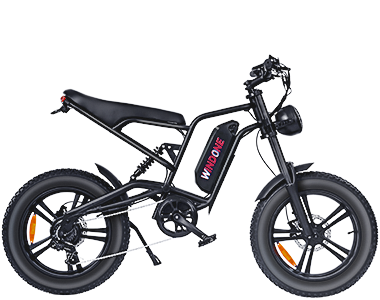
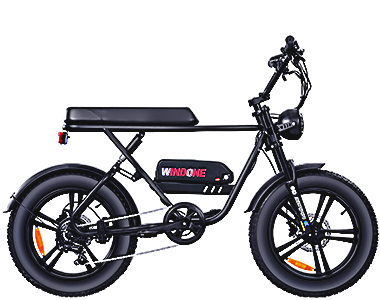
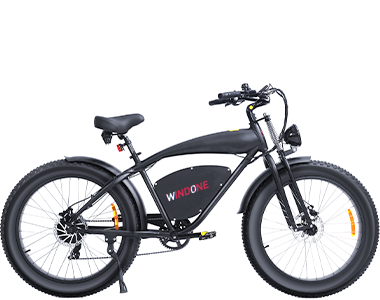
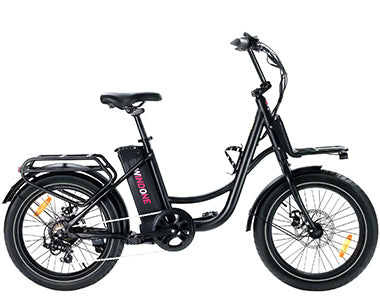
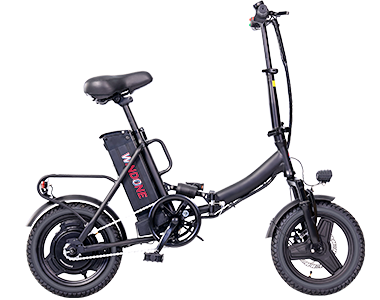
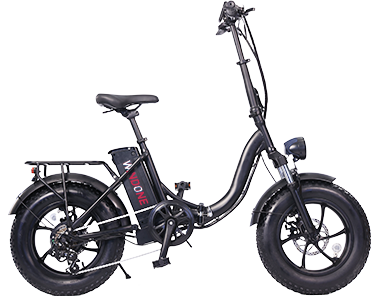


 Electric Inflator Pump
Electric Inflator Pump
 Ebike Locks
Ebike Locks
 Phone Holder
Phone Holder
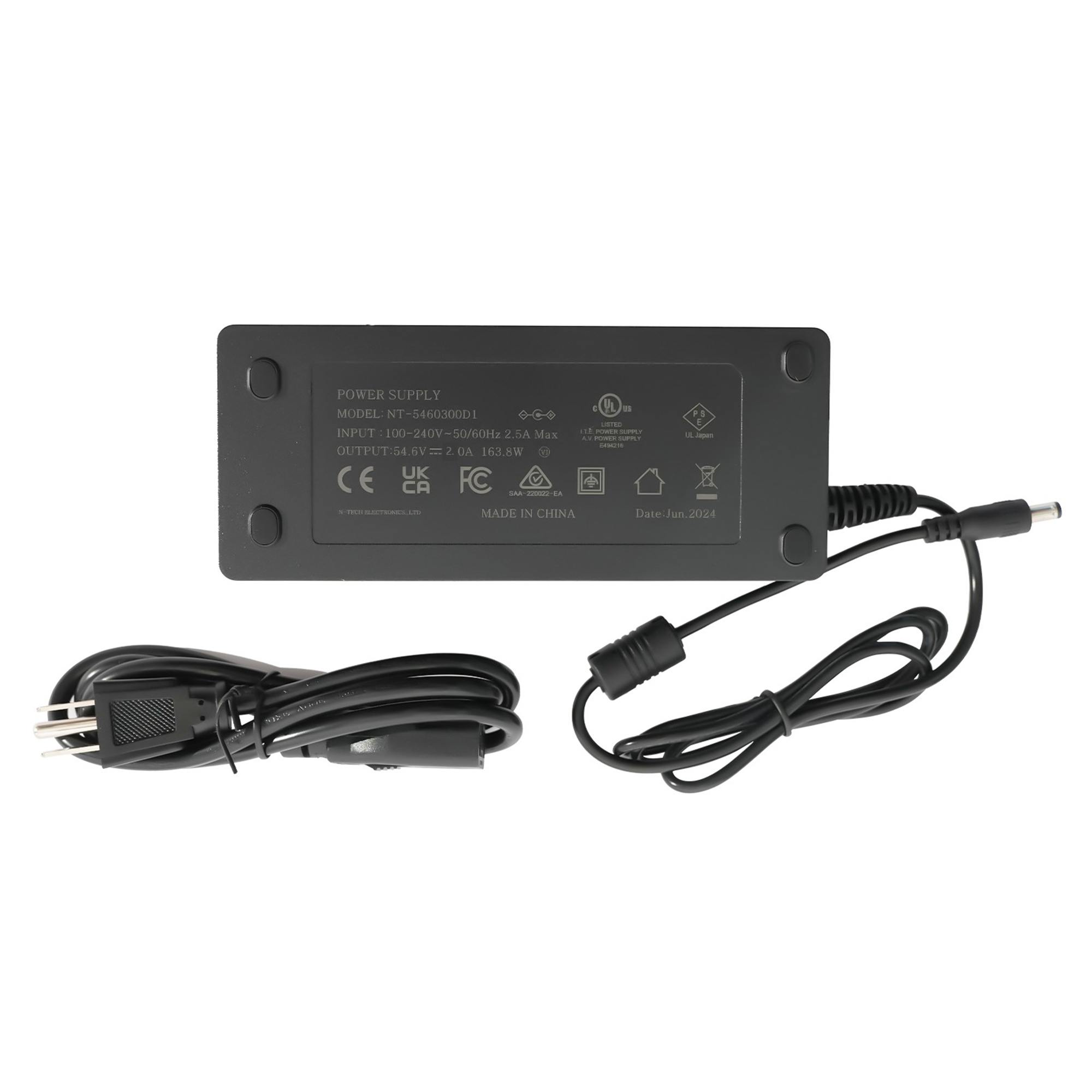
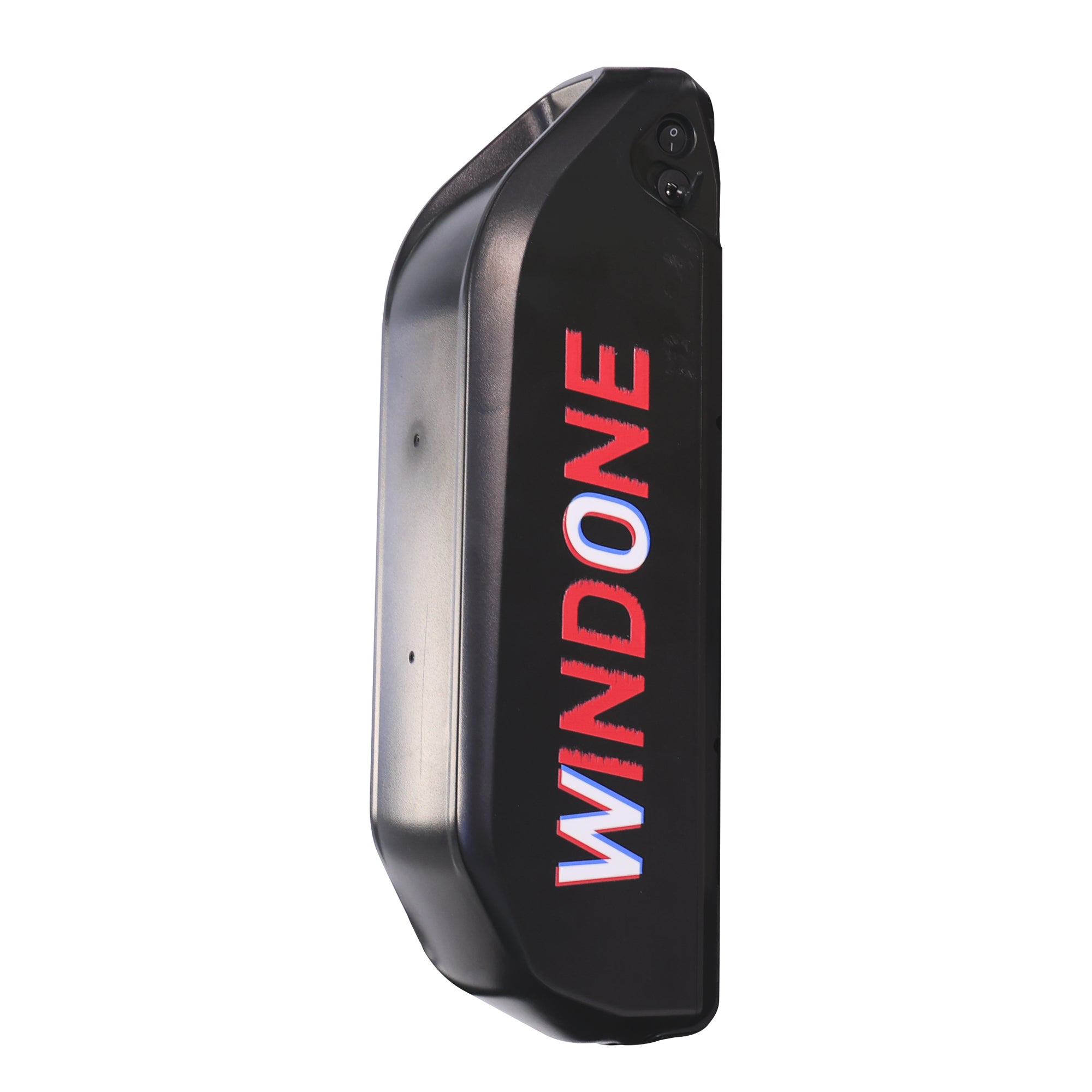
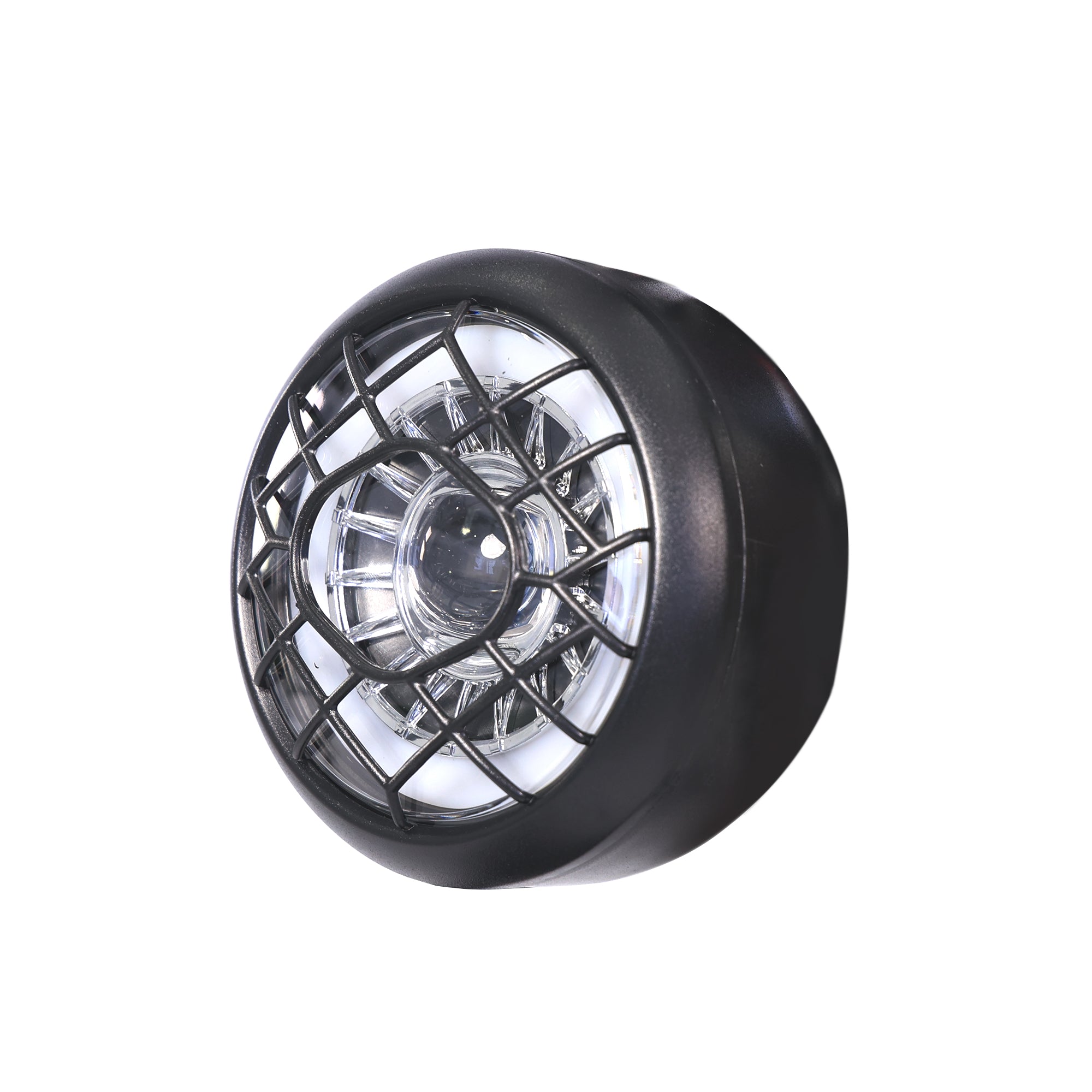
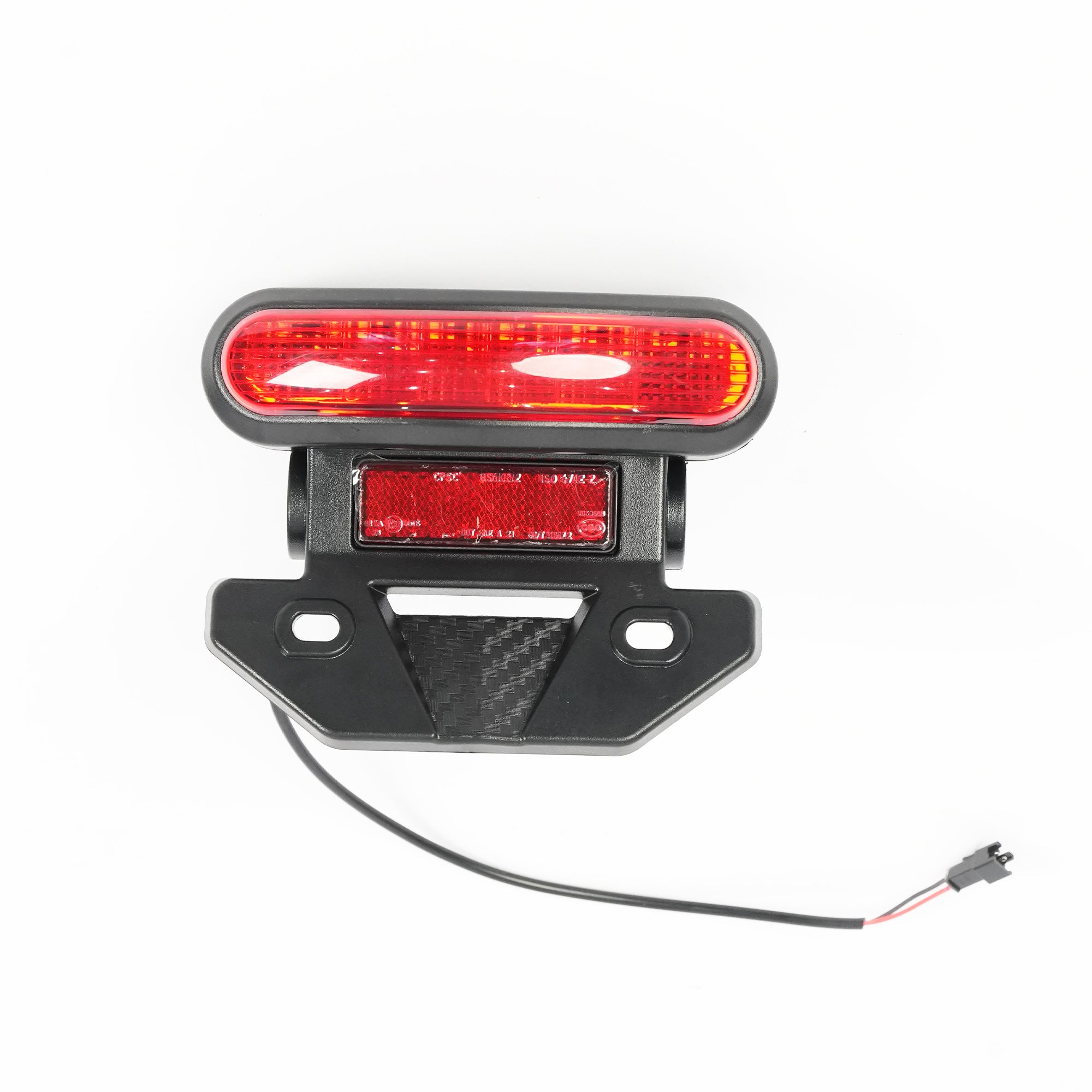
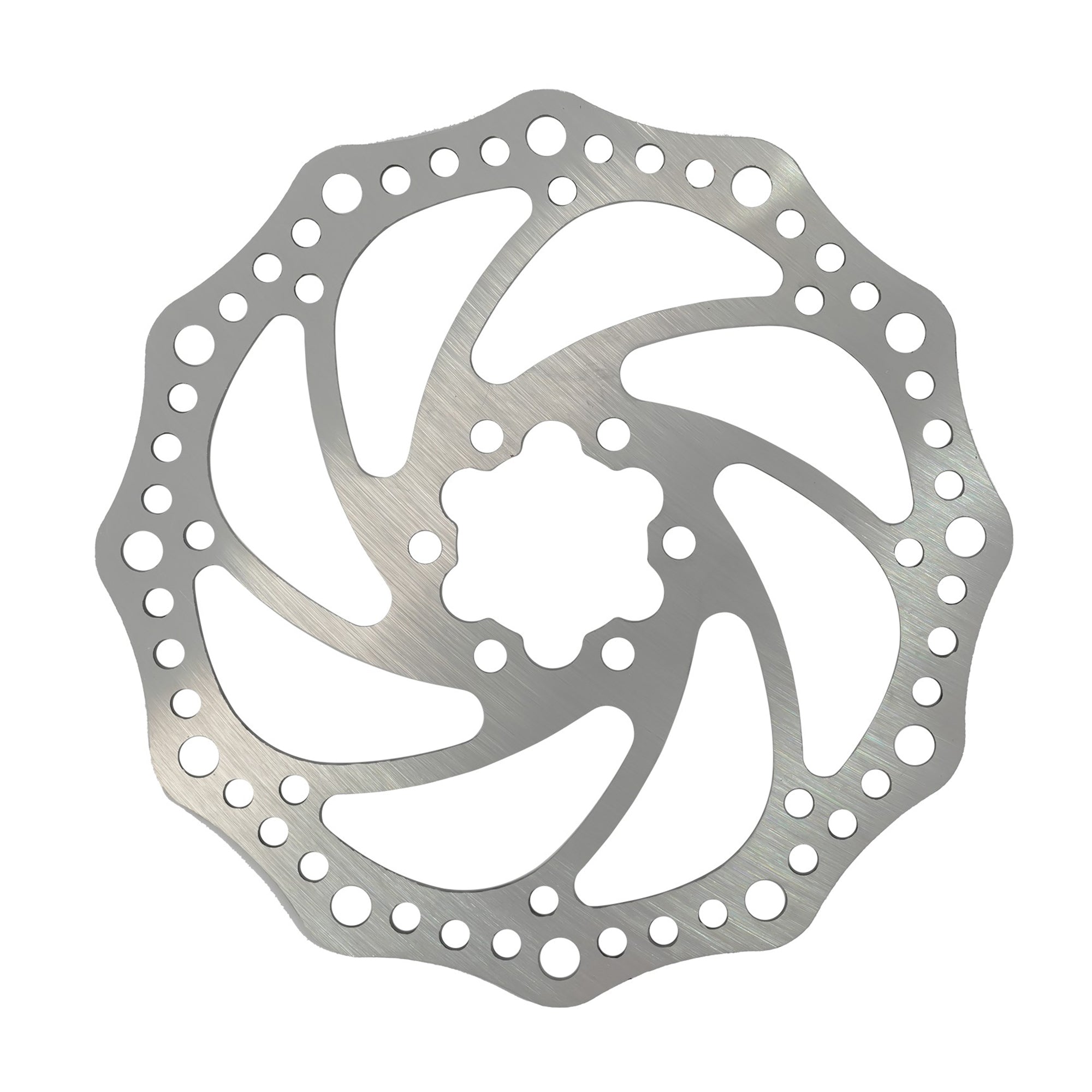
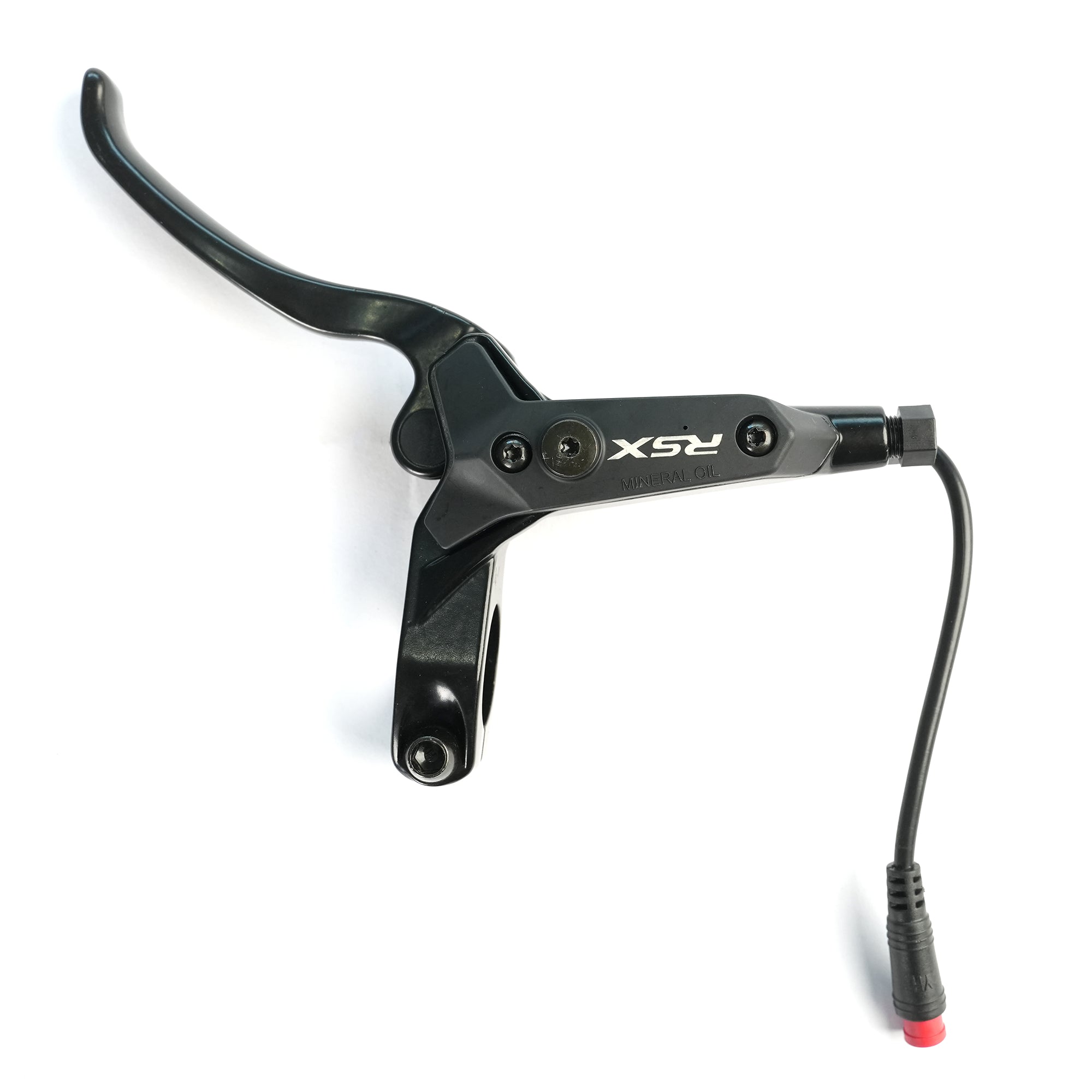
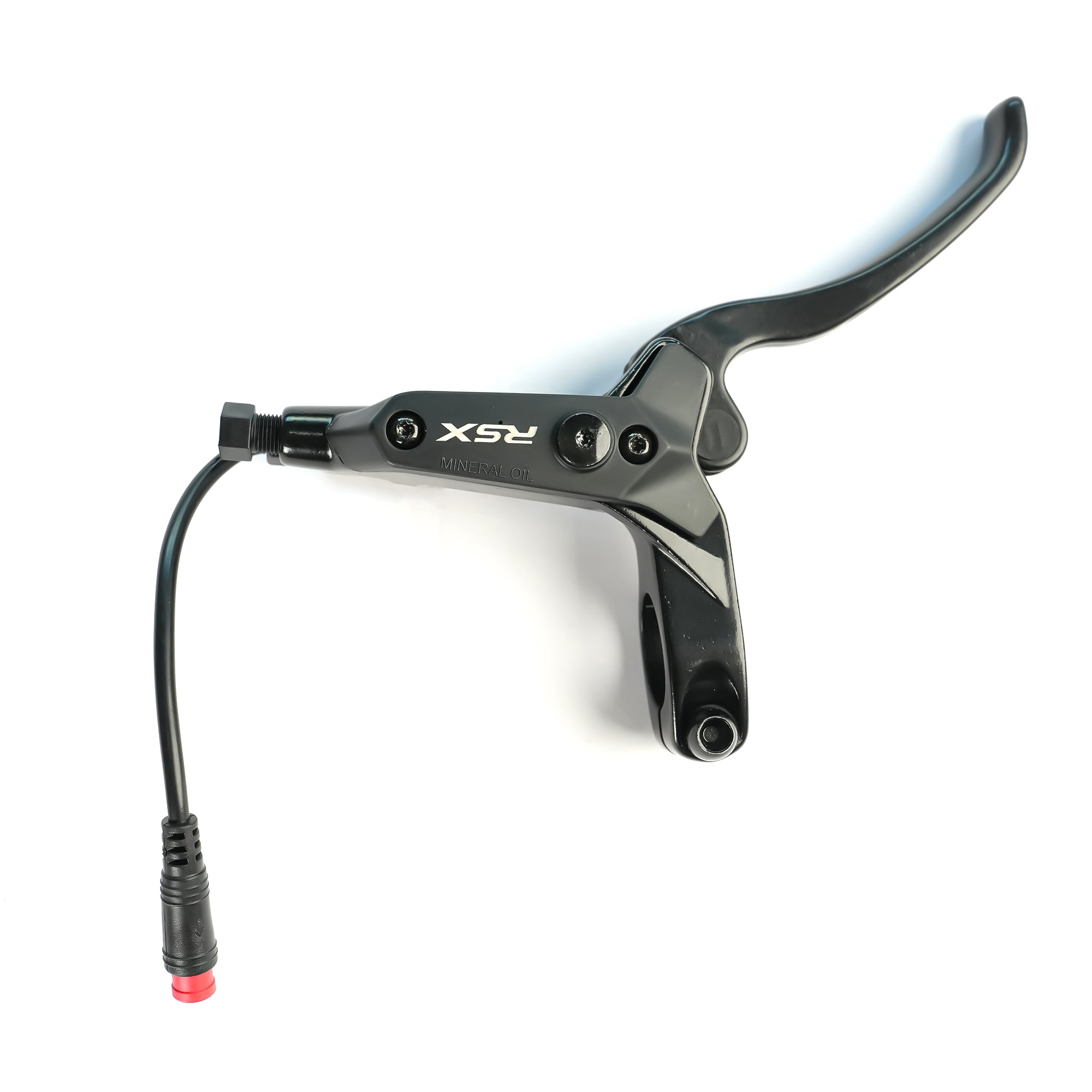
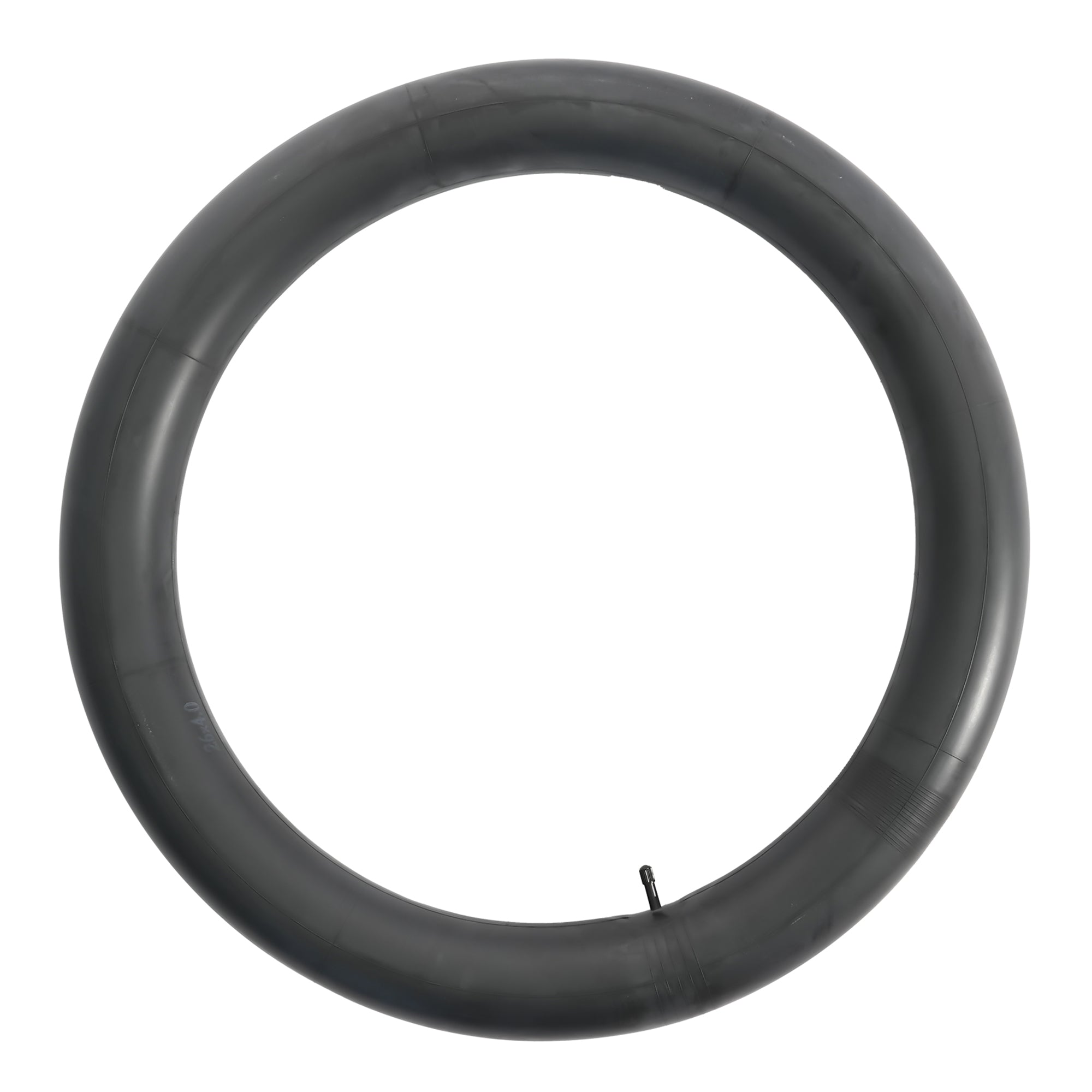
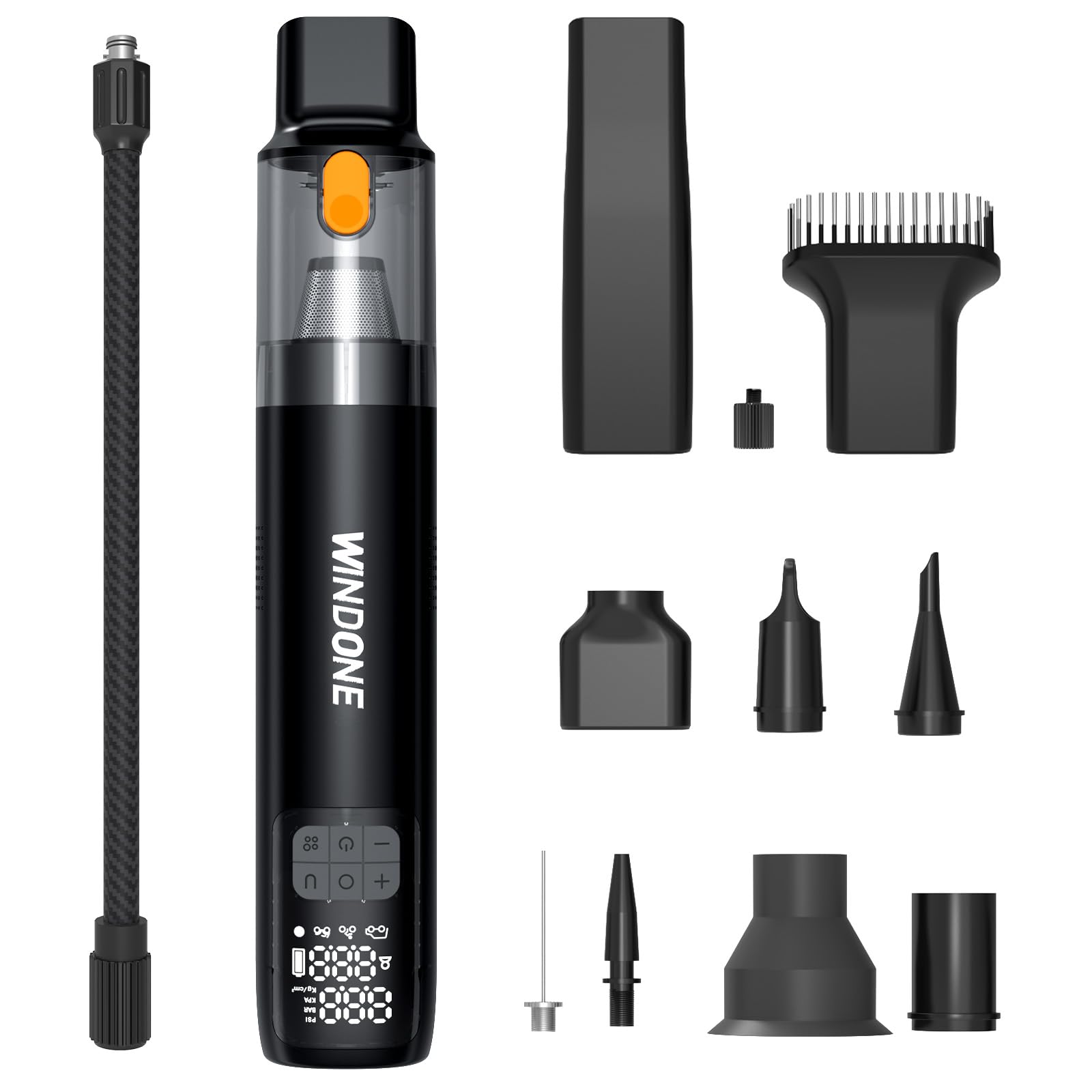
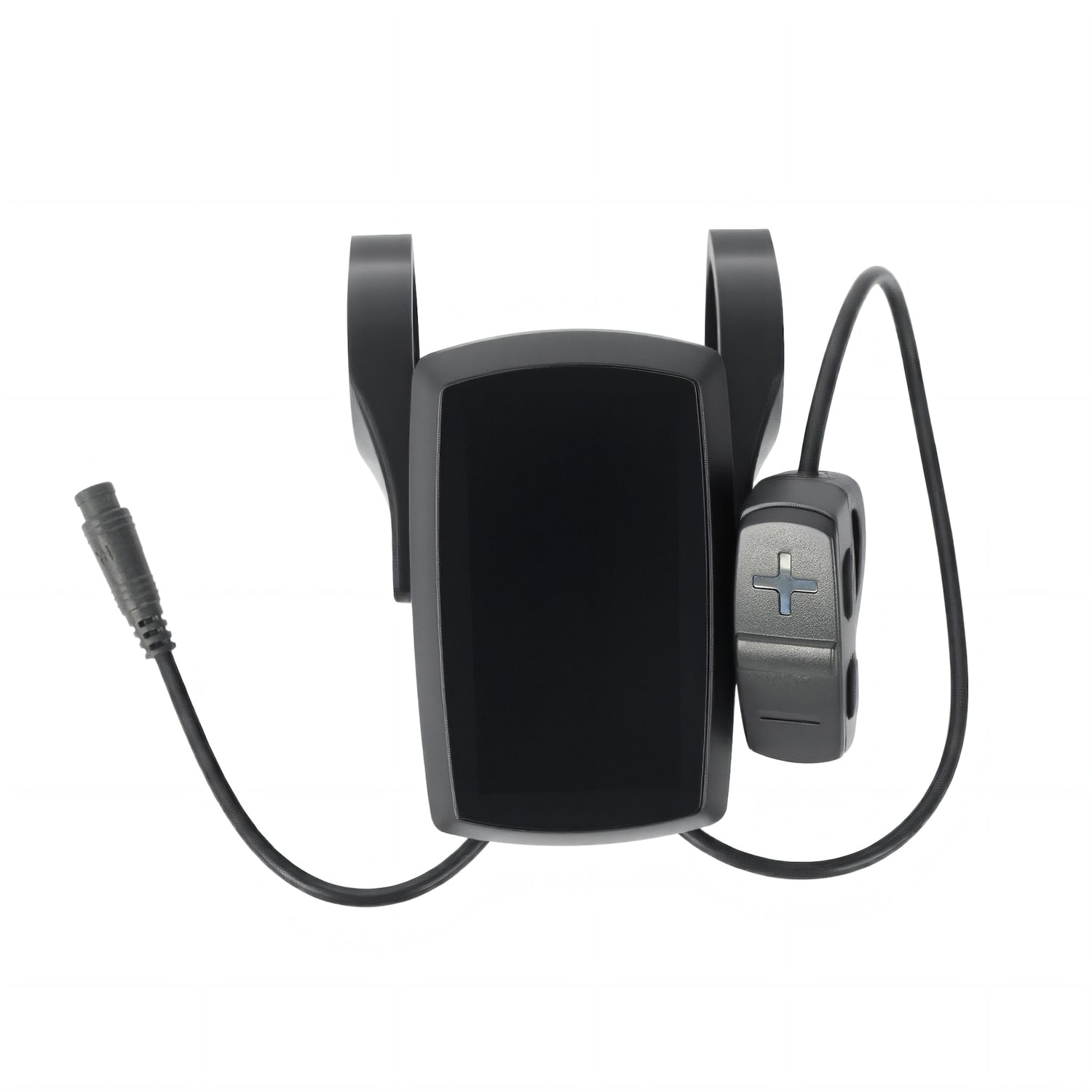
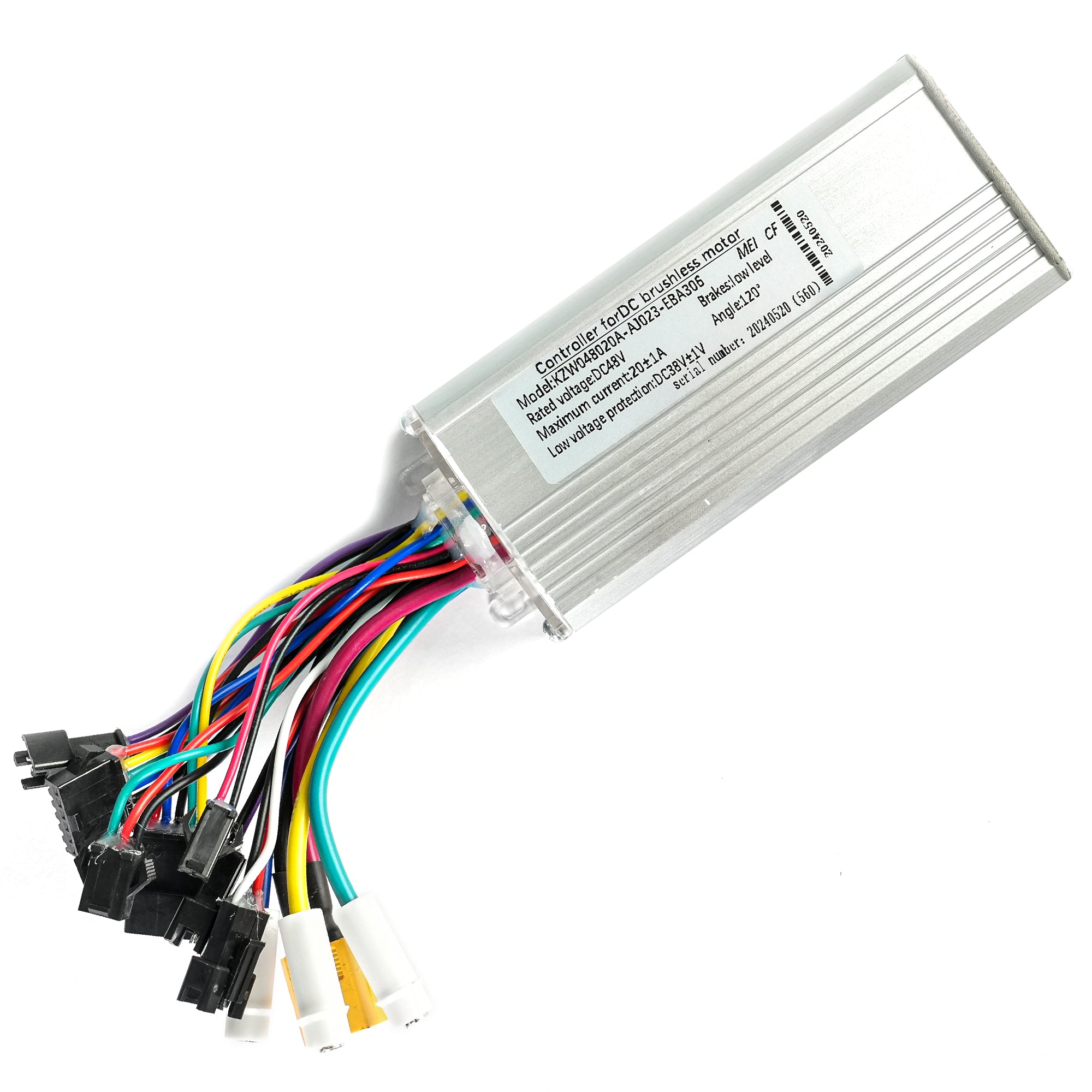
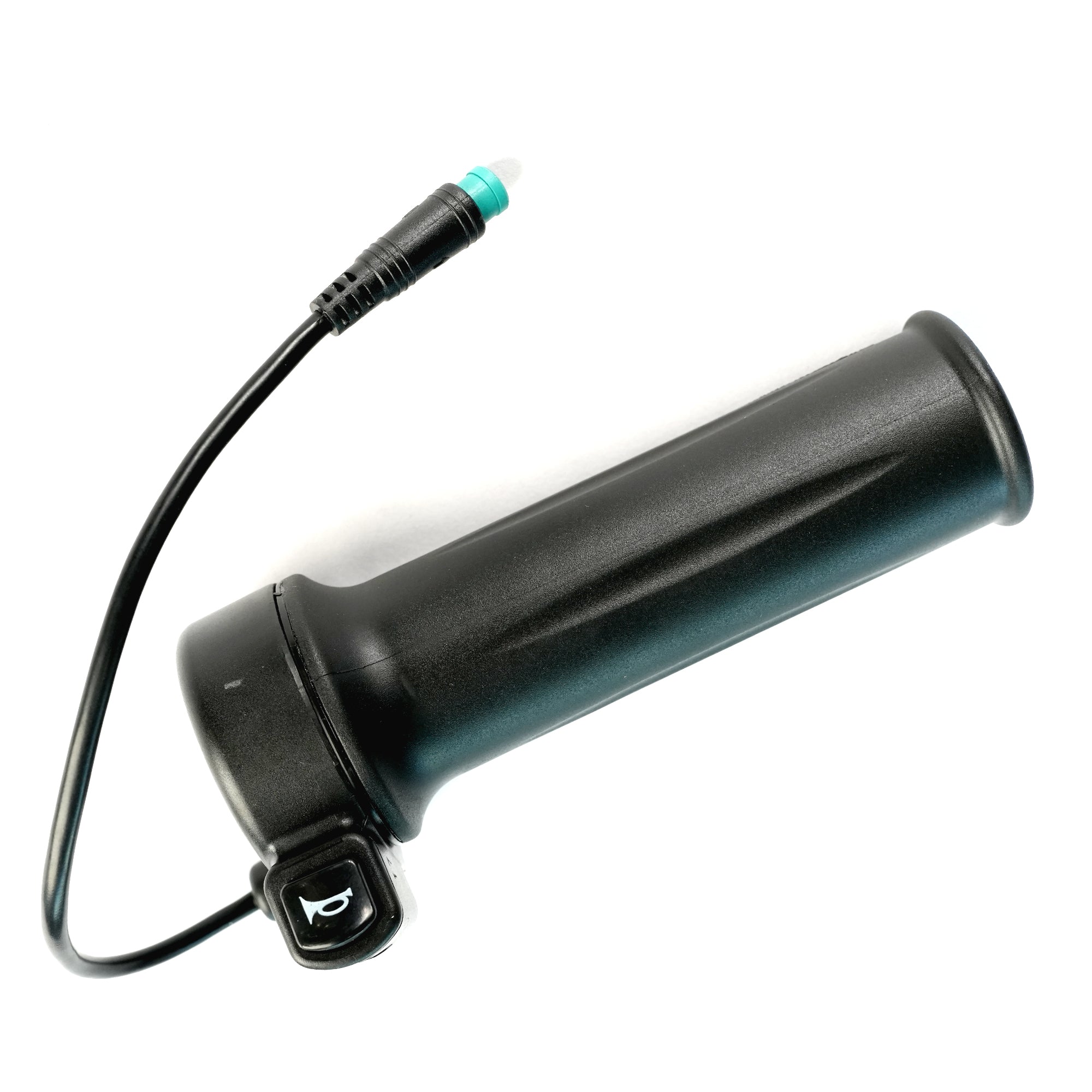
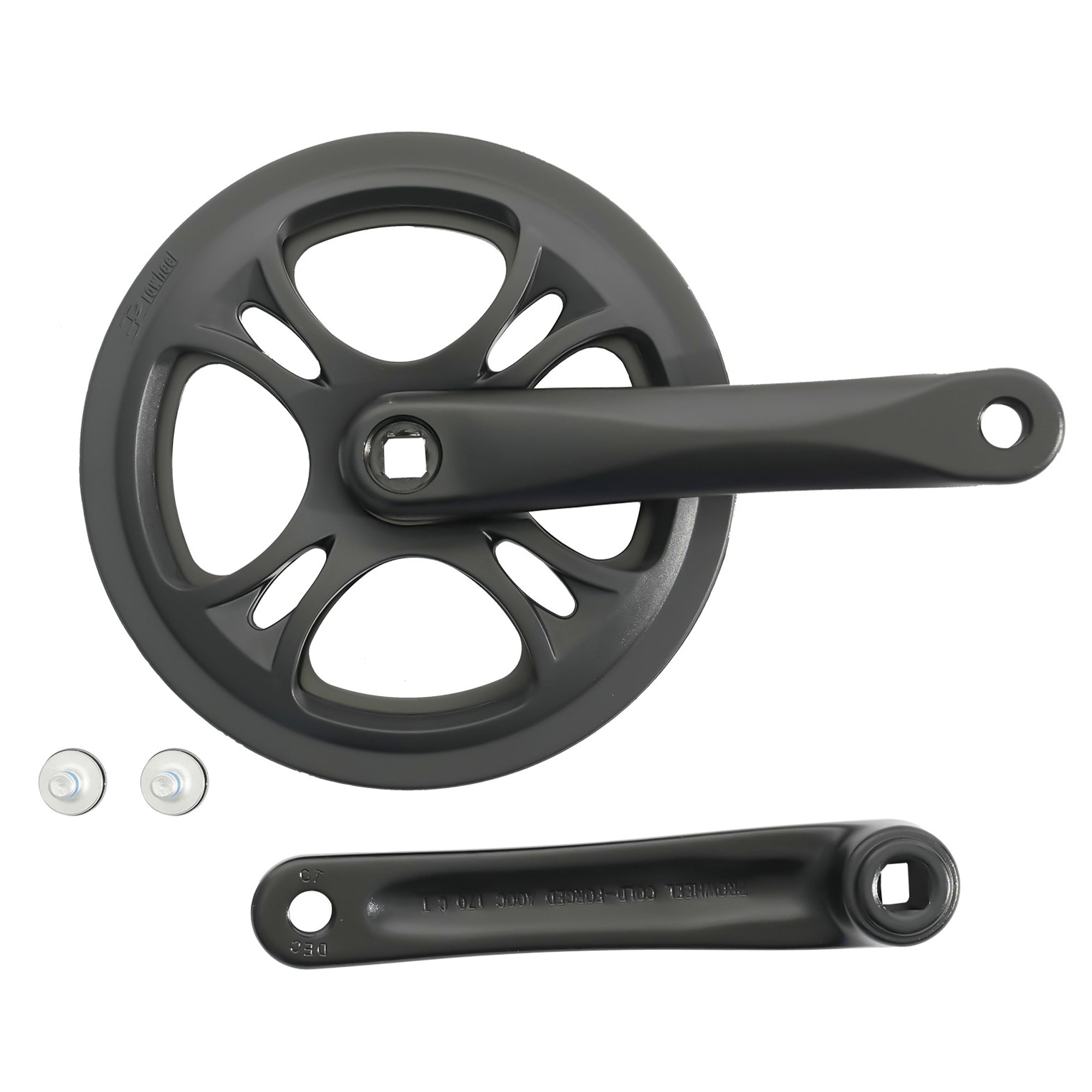
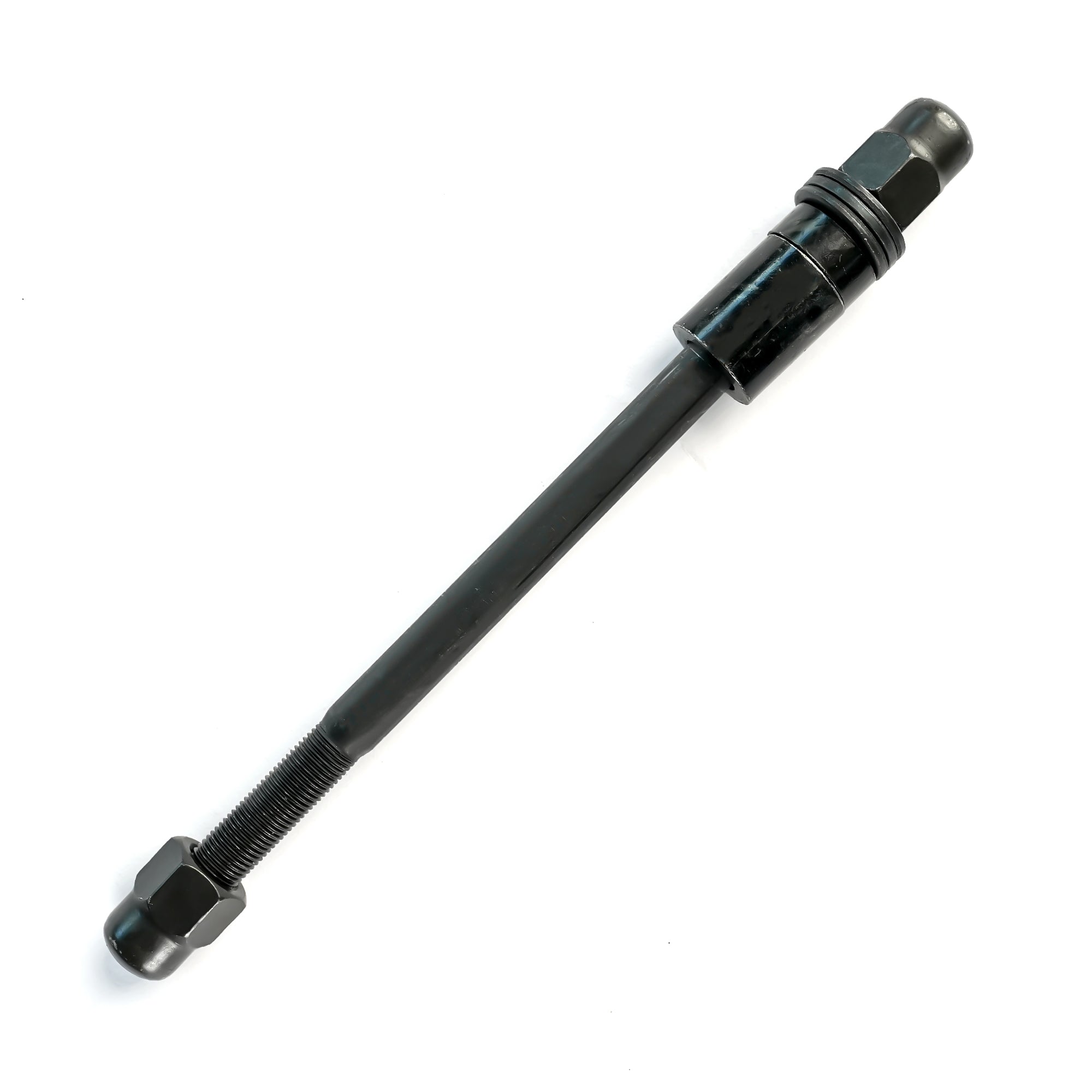
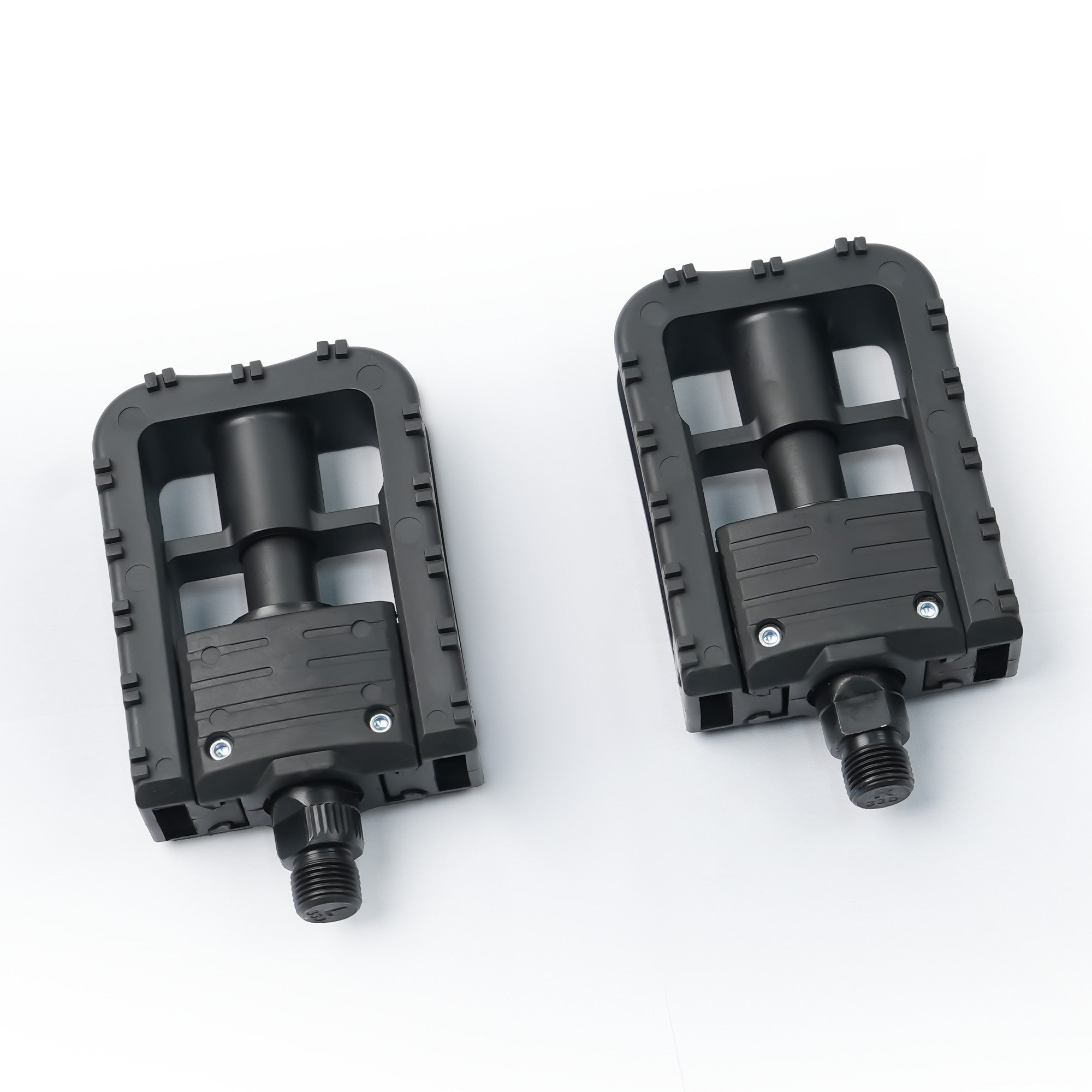
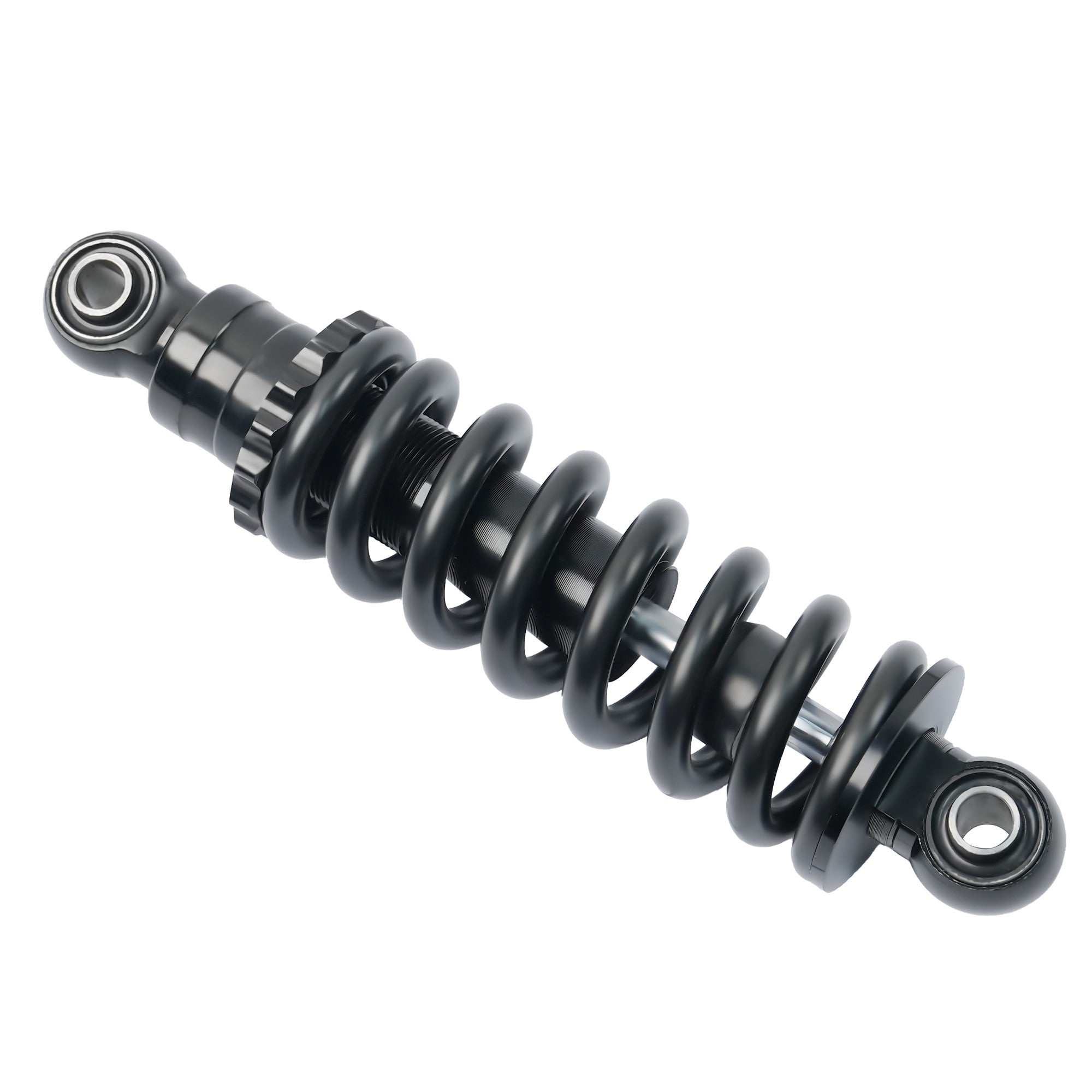
 Payment
Payment Afterpay Financing
Afterpay Financing Warranty
Warranty Shipping Policy
Shipping Policy Exclusive Discounts
Exclusive Discounts Track Your Order
Track Your Order Return & Refund
Return & Refund Referrals & Membership
Referrals & Membership User Manual
User Manual Contact Us
Contact Us FAQs
FAQs

